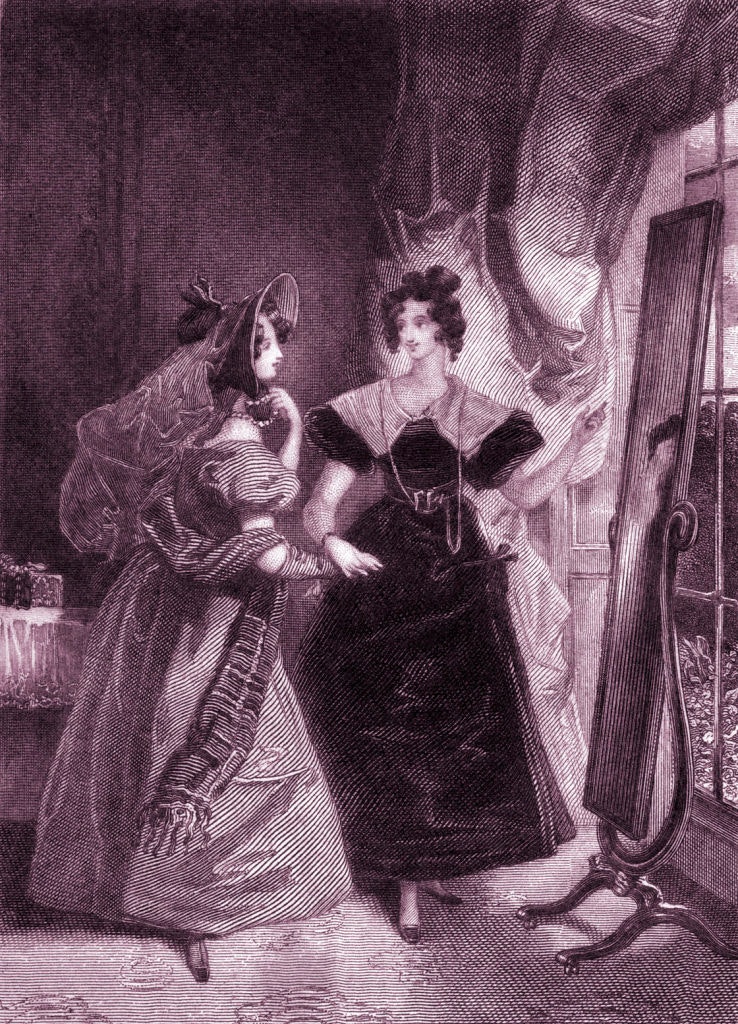The art of spin
Spin bowling remains the highest art form in the most beautiful sport
This article is taken from the July 2023 issue of The Critic. To get the full magazine why not subscribe? Right now we’re offering five issues for just £10.
Thirty years ago this summer, with his first ball in Ashes cricket, Shane Warne bowled what is now called the “ball of the century”. For it was a ripper: Warne had the ball drift far outside Mike Gatting’s leg stump, and then turn — sharply, impossibly, gloriously — out of the rough, racing past Gatting’s pad before hitting the very top of his off stump.
Commentating, Australia’s former leg-spinner, Richie Benaud, explained that “Gatting has absolutely no idea what has happened to it. He still doesn’t know” — and little wonder. Warne clenched his fist in celebration. Ian Healy, the wicket-keeper, leapt in the air like a ballet dancer. Dickie Bird, umpiring, appeared dumbfounded, as though the Angel Gabriel had addressed him from Heaven. Gatting looked around expectantly, as though somebody might offer him an explanation.
Not only the miraculous ball itself, but the entire scene is a work of art. If it were a painting, it would be by Botticelli. If it were music, it would be by Verdi. If it were oratory, it would be by Demosthenes.
The footage available online is grainy by the sharp standards of modern television, but it remains breathtaking even for those watching for the thousandth time. And the ball of the century has been immortalised in many different ways. Tragically, Warne is no longer with us, but Gatting — an England great with no shortage of stories to tell — still gives interviews about it. Thousands of column inches have sought to describe its majesty. There is even an entire song by the Duckworth Lewis Method devoted to the portly Gatting’s struggle:
I took the crease to great applause and focused on me dinner
I knew that I had little cause to fear their young leg-spinner
He loosened up his shoulders and with no run-up at all
He rolled his right arm over and he let go of the ball
It was jiggery pokery, trickery, jokery, how did he open me up?
Robbery! Muggery! Aussie skulduggery, out for a buggering duck
Spin bowling — and in particular leg-spin bowling — is the most beautiful spectacle in sport. The flight, the drift, the pitch. The moment of mystery: does it spin to leg or off? Does it get lift or shoot on? The leggie, the offie, the googly, the top-spinner, the flipper, the slider, the doosra, the arm ball, the carrom ball. The keeper up at the stumps, the fielders crouched around the bat; their shadows, late in the day, stretching across the pitch. The sledging, the mind games, the excitable appeals. The attempts to get inside the batsman’s head and convince the umpire that this time, you really do have the batsman trapped.
Warne was once asked if he had advice for promising young leg-spinners, and his answer was characteristically decisive. “Yes,” he replied. “Don’t invite your girlfriend to watch you play until you’re really, really good.” For spin, and leg-spin especially, can terrorise a batsman. But if it comes out wrong, it can go badly awry.
The strange thing about cricket is for a sport that is viewed as old, fusty and conservative, it is — far more than any other — creative, dynamic, and forever changing. Think not only of the introduction of one-day matches or Twenty20 cricket, but the use of technology in umpiring and players’ prep and changes in style, technique and tactics. This summer, so-called Bazball — England’s new aggressive approach to test match cricket, which has been so successful to date — faces its toughest examination in the Ashes.
Spin bowling itself is no different. When experts and pundits predicted spin bowlers would simply be battered out of the game by the introduction of Twenty20, the opposite proved to be the case. Aided in part by the introduction of technology-enabled reviews, which led to more batsmen being given out leg-before than in the age of only onfield umpires, spinners became the most sought-after bowlers. “Mystery spinners”, those able to turn the ball both ways, proved vital in T20 cricket.
One of the “mystery balls” that emerged in the T20 age is the carrom ball. This is usually delivered by an off-spinner, who turns the ball from leg to off rather than the other way round. It has been brought to prominence by Ravichandran Ashwin (left) and Ajantha Mendis, yet historians of the game tell us that the carromball is only the rediscovery an old art — practised in the post-war period by Jack Iverson, an Australian — that had been forgotten.
In his brilliant book, Twirlymen, Amol Rajan explains that spin bowling has, throughout its history, always been changing. From the under-arm bowlers of the eighteenth and nineteenth centuries and the medium-paced spinners of Victorian times to what he calls the “new great age of spin”, the evolution of the twirlymen is as unpredictable as the mystery balls they bowl.
Whatever their future, spinners will always learn from and live up to the greats from the past. For my generation — and for once-half-decent leg-spinners such as me — Warne will always be the greatest. Mushtaq Ahmed, Anil Kumble and Muttiah Muralitharan were magical too. Past generations talk about Jim Laker, Richie Benaud and Abdul Qadir, and historians tell us about Sydney Barnes and Clarrie Grimmett. But whatever the future, and whoever the stars are to come, in this most beautiful sport, spin bowling will remain the highest art form.
Enjoying The Critic online? It's even better in print
Try five issues of Britain’s newest magazine for £10
Subscribe














